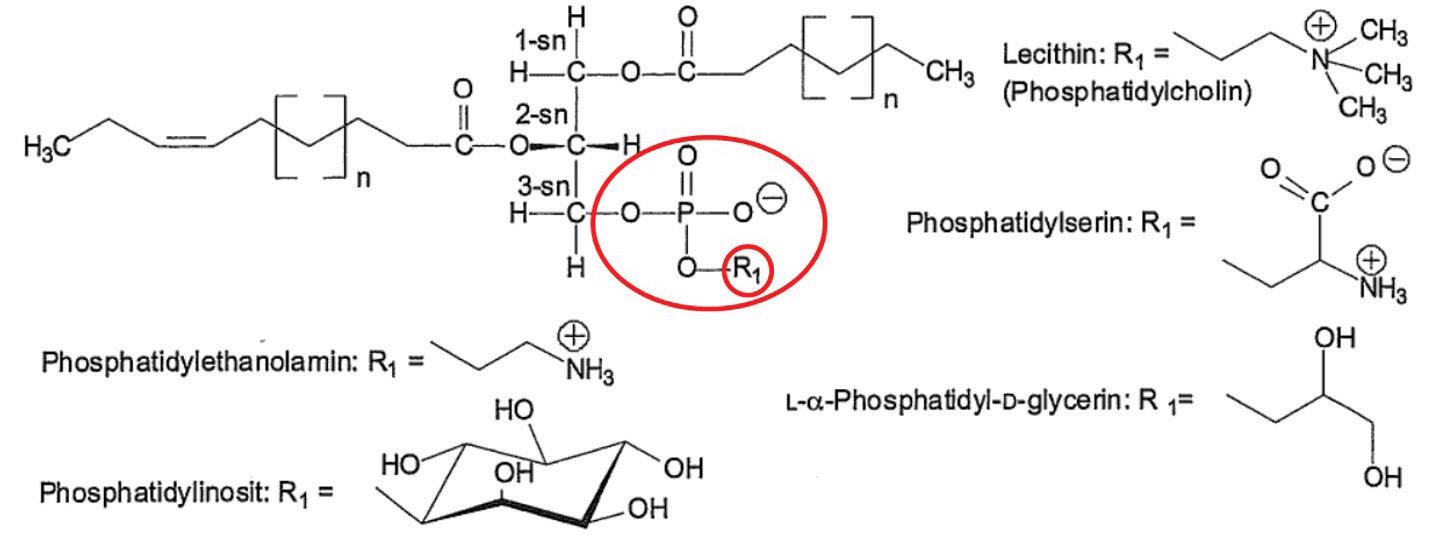
4 minute read
Purifying feedstocks
Special adsorbents are required to purify renewable diesel feedstocks such as used cooking oil, animal fats and palm oil mill effluent Carlos Rodriguez Gaya
Purifying feedstocks Purifying feedstocks
Speciality adsorbents for renewable diesel feedstock purification have become essential for smooth and sustainable conversion in downstream processes. Among various functions, these substances are needed to remove different contaminants from feedstock, which could otherwise interfere in the catalytic process.
Due to the EU Renewable Energy Directive (RED II), renewable diesel demand is set to boom in the coming years. In addition, feedstocks considered to be second generation or later will be in focus for all stakeholders in the value chain, as they present common challenges, such as availability and quality.
‘Alternative’ feedstocks, such as used cooking oil (UCO), animal fat and palm oil mill effluent (POME), raise new challenges in terms of quality compared with conventional fatty acid methyl esters produced from vegetable oil streams (see Figure 1, below). Consequently, special adsorbents were developed to answer their unique requirements.
Feedstock
UCO/RUCO Animal fat Cat I & II POME Extracted oil from bleaching earth Algae
Availability 2020–2030
Adequate Adequate Adequate Low
Low
Main challenges
Alkaline metals/metals/oil stability/polymers N-content/metals content/acidity Acidity/alkaline metals/metals/P-compounds Purest feedstock (already treated), some heavy metals from previous purification Metals, polymers Figure 1: Projection of different feedstocks and the challenges in treatment
Source: Clariant
Source: Clariant
Vegetable oils vs other feedstocks
It is well known in the industry that some key parameters in the purification of vegetable oils are linked to metals, such as phosphorus (P), calcium (Ca), and magnesium (Mg). These are also concerns in alternative feedstocks, but are often present in other forms, thus making the adsorption process more difficult.
For example, phosphorus is mainly present as phospholipids in vegetable oils. Normally, the refining strategy includes acid degumming with consecutive washing and adsorption steps. This sequence is considered to be effective enough to remove phosphorus to the levels required for the application.
In contrast, phosphorus species in alternative feedstocks need to be oxidised and decomposed, making their efficient removal more complex (see Figure 2, below).
Effective removal of these contaminants requires the combination of improved purification processes, and highly advanced adsorbents with unique properties to bind such elements.
HVO vs FAME purification target
Although hydrotreated vegetable oils (HVO) and fatty acid methyl esters (FAME) share some common contaminants, their purification processes must achieve different targets.
HVO purification processes require lower specifications of contaminants such as metals, as they are poisonous to nickel-molybdenum/aluminum oxide (NiMO/Al2O3) catalysts, and may cause u





Figure 3: Some relevant contaminants in feedstocks and their consequences
H3Cit H3PO4
TONSIL PRETREATMENT
FEEDSTOCK Pretreatment TONSIL MAIN ADSORBTION
Bleaching 1 Bleaching 2 Filtration Remove FFA (i.e. Deodoritzation)
PURIFIED FEEDSTOCK
Figure 4: Simplied purifi cati on process
Figure 5: Relevant P-species present in oil to be purifi ed

80% 90%
90% 95%
75% 65% 90% 95%
70% 95%
80%
50% 70%
50%
25%
P Ca
BE Sample 1
Mg
Tonsil 9192 FF
Fe
Tonsil 9193 FF
Cl
u corrosion or fouling. For example, calcium (Ca) and magnesium (Mg) stabilise phosphorus compounds on their surface; potassium (K) and sodium (Na) promote carbon (C) deposits; and silicon (Si) or iron (Fe) cause fouling, among other concerns (see Figure 3, left ).
Source: Clariant
Source: Clariant
Source: Clariant
Source: Clariant
Optimum solutions
Given that feedstock quality and availability are limiti ng factors for reliable downstream processes, it is vital to have the right purifi cati on strategy, with a multi purpose system which includes adsorpti on media suitable for diff erent conditi ons and requirements. More specifi cally, the opti mal refi ning soluti on should consider that not all feedstocks have the same level of contaminants, or even similar physical properti es.
In terms of adsorpti on materials, highly acti vated bentonites have the technical specifi cati ons to ensure an effi cient process. However, the contaminati onbinding property is not the only important factor to consider with adsorbents. The ideal materials should off er a good balance between selecti ve removal of contaminants, minimising feedstock losses and avoiding process bott lenecks – as is the case with Clariant’s Tonsil bleaching speciality adsorbents, due to its lower dosage requirements and enhanced fi ltrati on properti es (see Figure 4, left ).
It is also important to note that feedstock purifi cati on is a semiconti nuous process, and very demanding in terms of process conditi ons and energy profi le. Hence, perfect synchronisati on is required between the adsorpti on and purifi cati on processes to avoid ineffi ciencies. It is equally criti cal that the process is unaff ected by feedstock uncertainti es, such as volume of refi ned feedstock, or operati ng conditi ons (see Figure 4, left ).
To ensure successful renewable diesel purifi cati on, bleaching earth companies off er a wide portf olio of advanced products with high adsorpti on capabiliti es, as well as specifi c physical and chemical parameters to suit various processes.
Clariant, for example, recently launched Tonsil 9193 FF, a next-generati on adsorbent that answers the problem of feedstock uncertainty. By acti ng as a safety barrier, the speciality adsorbent is able to handle diff erent feedstock varieti es due to its adsorpti on properti es, adapted to contaminants to be removed, and a certain dosing rate. Carlos Rodríguez Gaya is the head of product management and technical sales, EMEA, business unit functi onal minerals, at Clariant AG










